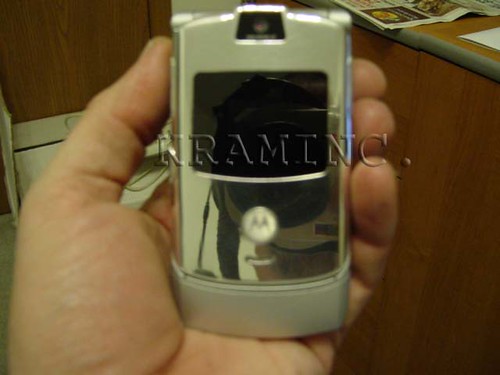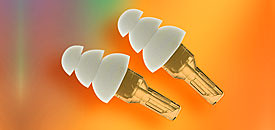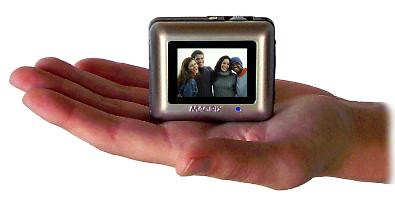USATODAY.com - Adidas puts computer on new footing
One ugly shoe with a brain, I wonder if it's smart than the
Head i.X16 ChipSystem tennis racquet?

NEW YORK — Hoping the new Adidas 1 will be to the sneaker industry what Apple's iPod has been to digital music, Adidas will put on sale March 18 what it bills as the world's first computerized "smart shoe."
But consumers will decide whether the bionic
running shoe's $250 price tag — four times the average shoe purchase at
stores such as Foot Locker — is a smart idea.
Adidas claims its new shoe, already profiled in Time and Popular Science,
delivers on its promise to automatically and continually adjust itself
to a runner's size, pace, terrain and even fatigue level.
The Adidas 1 uses a sensor, a microprocessor and
a motorized cable system to automatically adjust the shoes' cushioning.
The sensor under the heel measures compression and decides whether the
shoe is too soft or firm. That information is sent to the
microprocessor and, while the shoe is in the air, the cable adjusts the
heel cushion. The whole system weighs less than 40 grams.
Batteries are included: replaceable
lithium batteries estimated to be good for 100 hours of running. Users
can turn the shoe's brain off — when it's off, they're regular sneakers
— to save battery life. The chip also shuts itself off, keeping the
same cushioning, if a runner walks more than 10 minutes.
Adidas' computer-driven shoe — three years in
the making — is the latest innovation in the $16.4 billion U.S. sneaker
industry, following other technology-driven shoes such as the Nike Shox
and Reebok Pump.
Predicting Adidas 1 will turn the industry
"upside down," communications chief Uli Becker says it rolls out
worldwide by April 1. The primary sales targets: hard-core runners —
and 17-year-old boys looking for the newest, coolest shoes. "This is
new territory ... that we want to define," says Becker.
But will consumers shell out $250 for a pair of sneakers? Maybe.
Shoe fanatics have been known to drop $300 to several thousand for genuine 1980s-vintage Nike Air Jordans.
The top-end running shoe from New Balance lists
for $199.99. With runners typically replacing shoes by 500 miles, the
$250 Adidas could push costs to 50 cents per mile, though the company
says Adidas 1 cushioning will outlast traditional shoes.
A retail expert says that's beside the point.
"Yes, there will be price resistance. But there will be plenty of
people who have to be the first on the block to have them," predicts
Marshal Cohen, chief analyst for NPD Group.
Bob McGee, editor of Sporting Goods Intelligence,
says the "retro" shoe trend is waning and performance sales are heating
up, allowing higher prices: "People are going back to running shoes and
basketball shoes."
Adidas is spending an estimated $20 million on
the roll-out. Film director Spike Jonze has created several cinematic,
big-budget TV spots with ad agency 180/TBWA San Francisco. The theme:
"Impossible is Nothing."
In the first TV ad, the shoes tie themselves
onto the feet of a young man waking up in darkness, then light up new
worlds for him with every step. There are no star athletes — the
campaign "tries to make the shoes the hero," says Chuck McBride,
creative director of TBWA/Chiat/Day North America.
Review: still ugly







